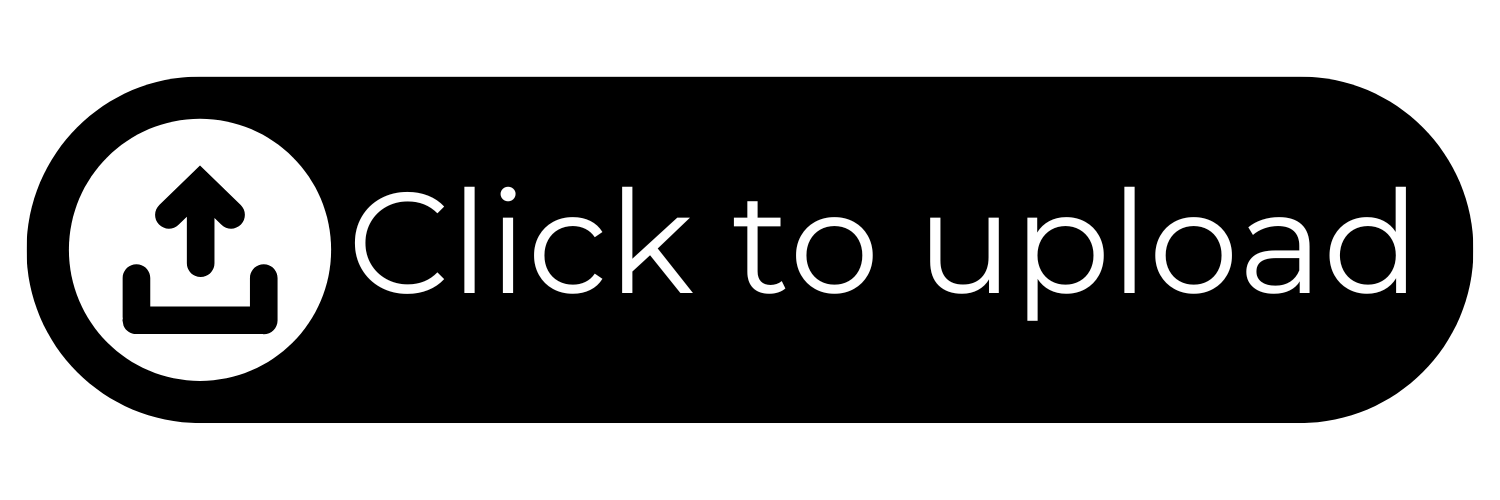How To Avoid Unwanted Resignations From Staff
Avoid unwanted resignations and improve staff retention with our retention tool kit.
Do You Have These Tools In Your Retention Toolkit?
Retention Is Not Always About The Money
You might be thinking, 'How on earth am I going to retain my best talent? After last year, I don't have the budget for salary raises or other financial incentives!' The great news is this: it's not always the money.
Retention is about engagement, empowerment, relationships and communication.
Today Gerard Kerr, General Manager of Executive Recruitment at Kingston Human Capital, shares his toolkit of retention resources. These tactics are guaranteed to help you retain your best team members.
These resources are known as non-financial retention (NFR) tactics. They are designed to help you to drive strong retention through better workforce engagement.
Let’s go through some of the resources you can access right here:
Reducing the Drag Factor
Part of any smart retention planning is identifying the type of people in your team. Most team members fall into one of three groups—great performers, good performers and underperformers.
It’s important to identify your good and great performers so you can include them in your retention activities.
But what about your underperformers? Underperformers create drag on productivity and success and may also cause rifts in culture. Leaders require the ability to coach these team members into becoming good or great performers.
We can help you get a crystal-clear line of sight on how your team stacks up, giving you a high impact plan on how to optimise your team and drive more productivity and success.
Download the document here, or book a meeting with Gerard. He can help you through a discussion session that will provide you with foresight and clarity for your retention plan.


One-on-Ones
Having regular one-on-one conversations with your team is the most common way to promote engagement. Good leaders are already doing it… but are you asking the right questions?
It’s easy to fall into a rut and keep going over the same topics in your one-on-ones.
To open up new channels of communication, we’ve put together a list of questions that will help you have more powerful conversations in your future one-on-one sessions with your team. You can download the guided here.
The GROW Model
If you’re one of those leaders whose default response is "I’ll do it myself", it may be time for a different approach.
The GROW model is a conversation framework that empowers team members with the responsibility for problem-fixing and solution-finding. It’s a highly effective method for helping your team find their own motivation while creating a powerful dialogue.
If you are a busy leader with too much on your to-do list, you will love the grow model because the actions that come about from it belong to your team and not to you. Download the document here to learn more.


Resignation Response
A good retention strategy demands a commitment to planning, and this is never more evident than when one of your team members tenders an unexpected resignation.
Many leaders react with panic but, with some strategic forethought, you can respond with a clear plan that might turn the situation around.
Formulating a resignation response before it occurs can help you take control and have a plan ready to go. We have a handy tip sheet for you to use, which includes pathways of dialogue that you can use to help your team member to stay—or go. It also provides some practical guidance for when you need to replace one of your team. Download the guide here.
Here Are More Useful Resources
Finding needles in haystacks is what we do best. We use traditional and algorithmic-search techniques, video recruitment, and behavioural economics to find you the best talent in the market.





